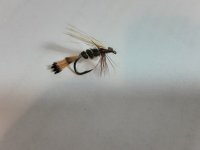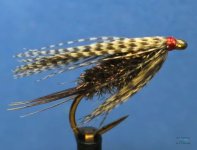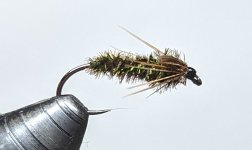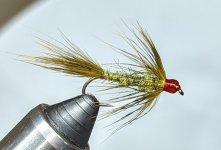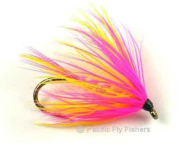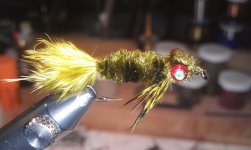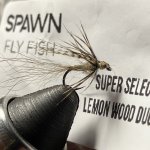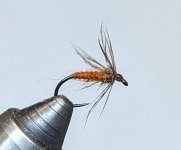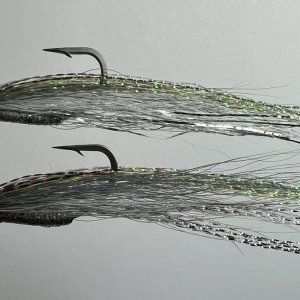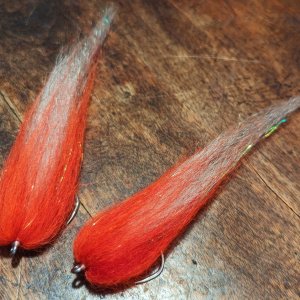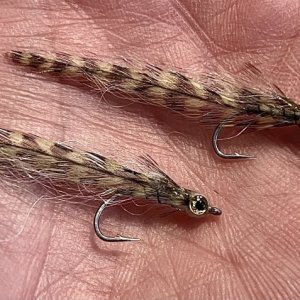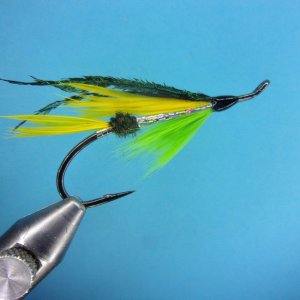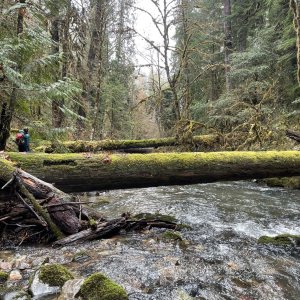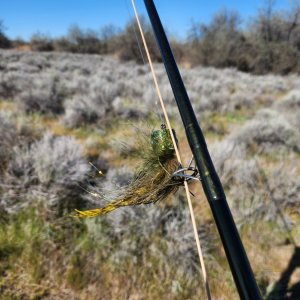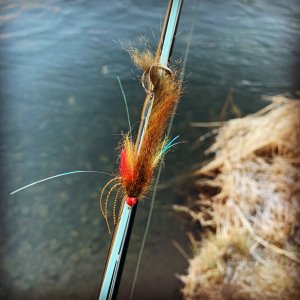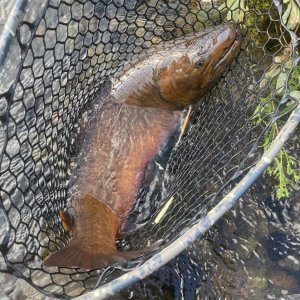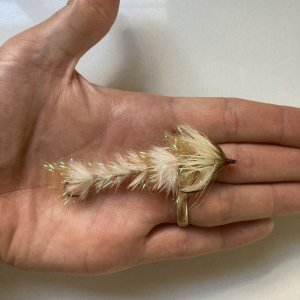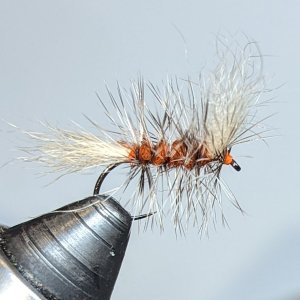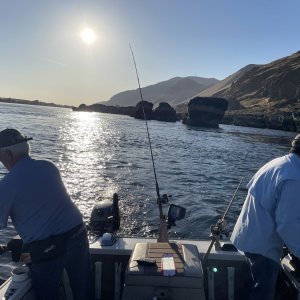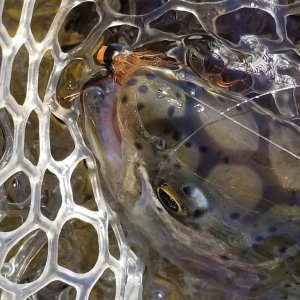tkww
Steelhead
I've had some moments with smallish soft hackles/flymphs in olives. Usually fished over/around weeds or areas where I have a fair amount of confidence the fish are. I try to incorporate a small amount of flash, whether that's a strand of micro KF in the sparse tail or in the dubbing for the thorax. Not sure if they think it's a Callibeatis nymph or a small damsel. I think retrieve can also be a difference maker.
Also had luck trailing a soft hackle behind a leech. I think the larger fly gets their attention but the smaller fly is a little more "natural" and gets them to commit. But for general searching I'm usually a little larger, be that a Carey, or some other misc creation (not unlike a Gartside, Possy Bugger, etc.).
Also had luck trailing a soft hackle behind a leech. I think the larger fly gets their attention but the smaller fly is a little more "natural" and gets them to commit. But for general searching I'm usually a little larger, be that a Carey, or some other misc creation (not unlike a Gartside, Possy Bugger, etc.).


